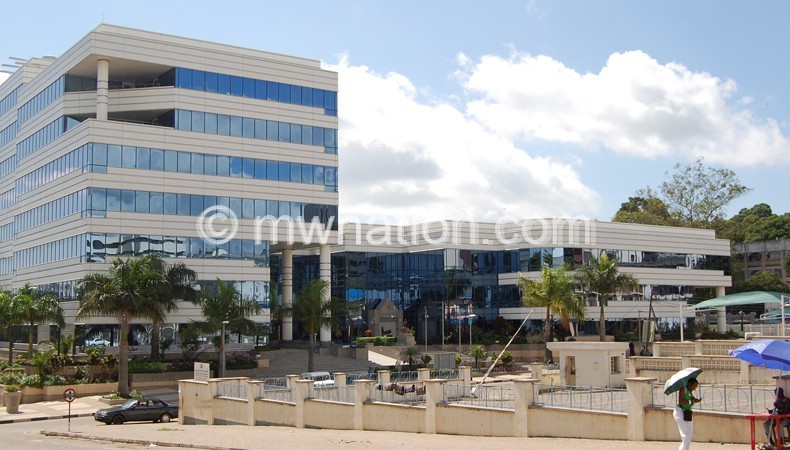Payments infrastructure largely stable—RBM
Malawi’s central bank, the Reserve Bank of Malawi (RBM), says the country’s payments infrastructure has been largely stable, allowing a smooth flow of funds for economic activity.
In 2013, the central bank continued to implement various infrastructural and regulatory reforms to improve the safety and efficiency of the national payments system, according to the National Payment System Annual Report dated May 2014.

Key among them is the infrastructural reform activities that include the on-going modernisation of the real time gross settlement (RTGS) and interoperability of retail payments through implementation of the automated transfer system (ATS) and national switch projects.
“Regulatory reform initiatives included finalisation of the Payments Systems Bill, e-money regulations and signing of an MoU [memorandum of understanding] with Macra on MFS [mobile financial services] regulatory cooperation,” reads the report.
“In terms of regional integration initiatives, RBM also made remarkable progress by becoming the fourth country to connect to the Comesa REPSS (Regional Payment and Settlement System]. Initial steps were also taken for the country to join the Sadc SIRESS [Sadc Integrated Regional Settlement System] by June 2014.”
Malawi went live in the Comesa REPSS in November 2013 and the RBM also ensured active participation of commercial banks in the Sadc SIRESS such that by December 2013, most banks had successfully carried out integration tests for SIRESS, expected to go live this year.
The report explained that in terms of infrastructure modernisation, RBM made some progress on a number of projects with funding from the World Bank under the Financial Sector Technical Assistance Project (Fstap).
The projects include the national switch and ATS which has combined features of the RTGS system and the automated clearing house.
“The ATS will be interfaced with the central securities depository to attain delivery versus payment. In this regard, the ATS will replace the existing RTGS and Electronic Cheque Clearing House. The national switch, on the other hand, will facilitate interoperability of the country’s auto teller machines and point of sale devices. Both projects are expected to go live by the end of 2014,” reads the report.
In the year, the RBM also actively participated in regional/cross-border payments system integration initiatives which are aimed at supporting trade and investment in Comesa and Sadc.
Regarding the promotion of innovative retail payments, the report indicated that RBM undertook several activities aimed at complementing government’s efforts to enhance financial inclusion, among others, a second mobile payments service provider was approved during the year to introduce non-bank based payment products in the country.
“Progress was also made with respect to development of appropriate payments system regulatory framework as RBM finalised drafting of the Payments Systems Bill and the E-Money Regulations.
Meanwhile, RBM continued to oversee various payments products and services in 2013 using the existing regulatory framework,” reads the report.





